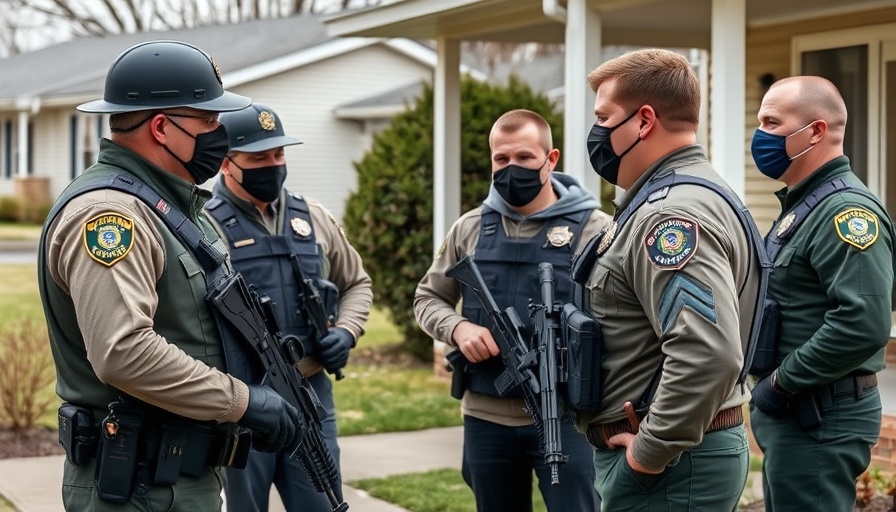
A Veteran’s Descent into Extremism: A Warning Sign for Law Enforcement
The recent sentencing of a veteran to life in prison for plotting to assassinate law enforcement officers following his arrest related to the January 6 Capitol riots raises a new alarm about domestic extremism within the United States. This case illustrates not only an individual’s radicalization journey but also the broader implications for public safety, law enforcement practices, and the very fabric of community trust.
Understanding the Radicalization Process
Radicalization does not happen overnight; it is often a complex process influenced by various factors, including personal grievances, exposure to extremist ideologies, and social networks. The veteran, previously an exemplary member of the military, showcased how even those who have served their country can fall prey to extremist beliefs. This underscores the necessity for ongoing police training that includes insights into radicalization and identification of warning signs. Programs focusing on recognizing changes in behavior among individuals can help law enforcement agencies act before these plots develop into violence.
Implications for Officer Safety and Police Training
This case serves as a potent reminder of the dangers faced by officers in an increasingly polarized society. With threats emerging from both domestic and foreign actors, police departments need to enhance their training programs to emphasize situational awareness and risk management when engaging with members of the public, particularly in high-stakes environments. Implementing comprehensive officer safety protocols ensures that law enforcement officers are prepared to handle a variety of threats they may face, reducing the chances of escalation.
The Role of Community Relationships in Countering Extremism
Engagement with the community is paramount in addressing the roots of extremism. Strong relationships between police and community members can lead to more proactive approaches in identifying potential threats. Programs that encourage open dialogues, community events, and forums aimed at debunking myths around policing can forge trust and cooperation, essential in today's climate where misinformation and distrust threaten public safety.
Future Directions: Police Accountability and Transparency
As we reflect on this sentencing, it is vital for policymakers to consider the broader implications of police accountability and transparency. Establishing comprehensive oversight mechanisms can prevent misconduct and rebuild community trust in law enforcement operations. Focusing on reform initiatives that generate open communication between police departments and the communities they serve will enhance police-community relations, enabling mutual support against extremist threats.
Conclusion: A Call to Action
The sentencing of the veteran highlights pressing issues that, if not addressed, may continue to threaten the safety of law enforcement officers and the communities they protect. Policymakers and law enforcement leaders must foster a culture of awareness, adaptability, and community collaboration to effectively combat domestic extremism. Concrete steps taken today can help prevent tragic events tomorrow.
 Add Row
Add Row  Add
Add 

 Add Element
Add Element 


Write A Comment